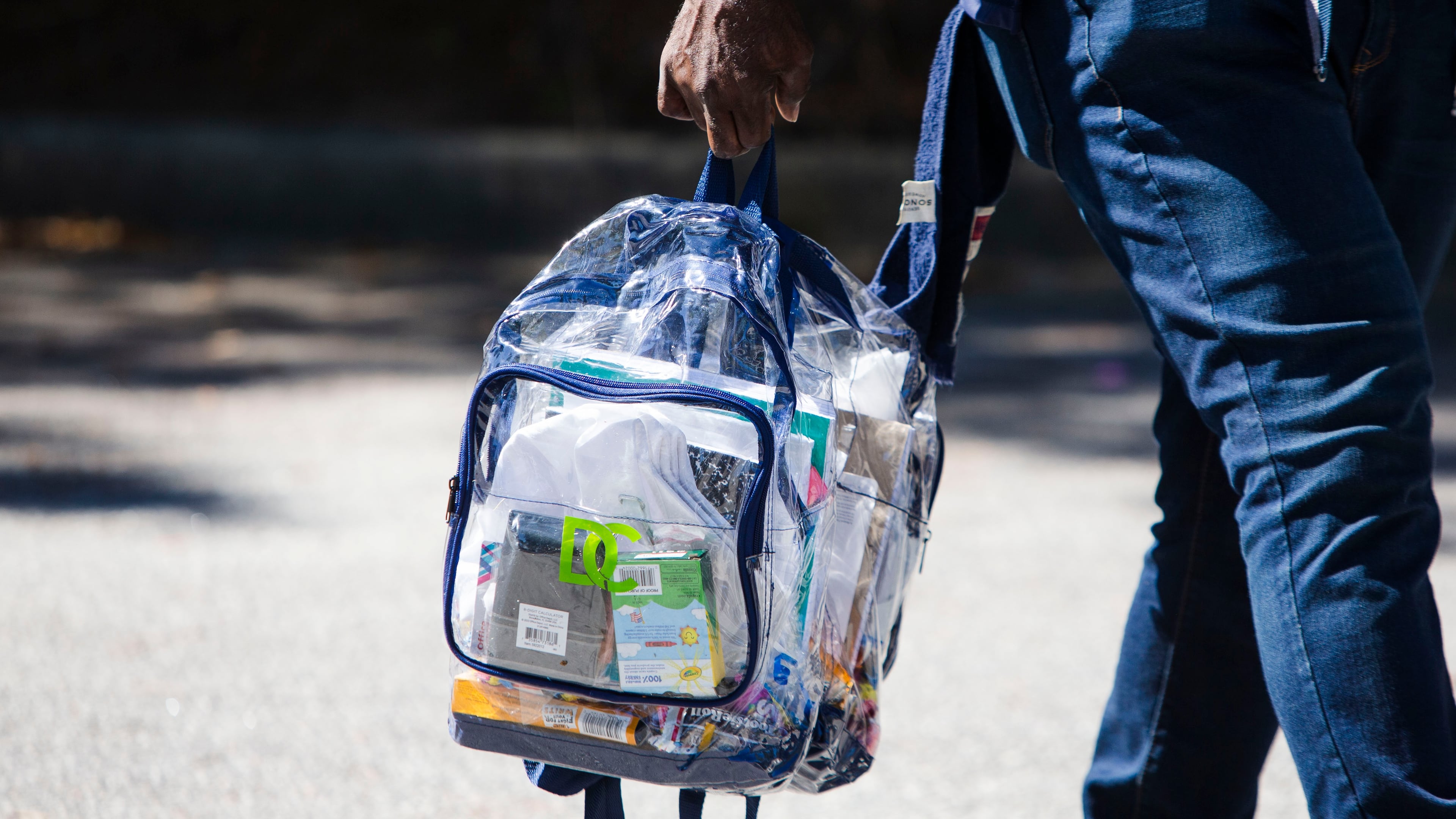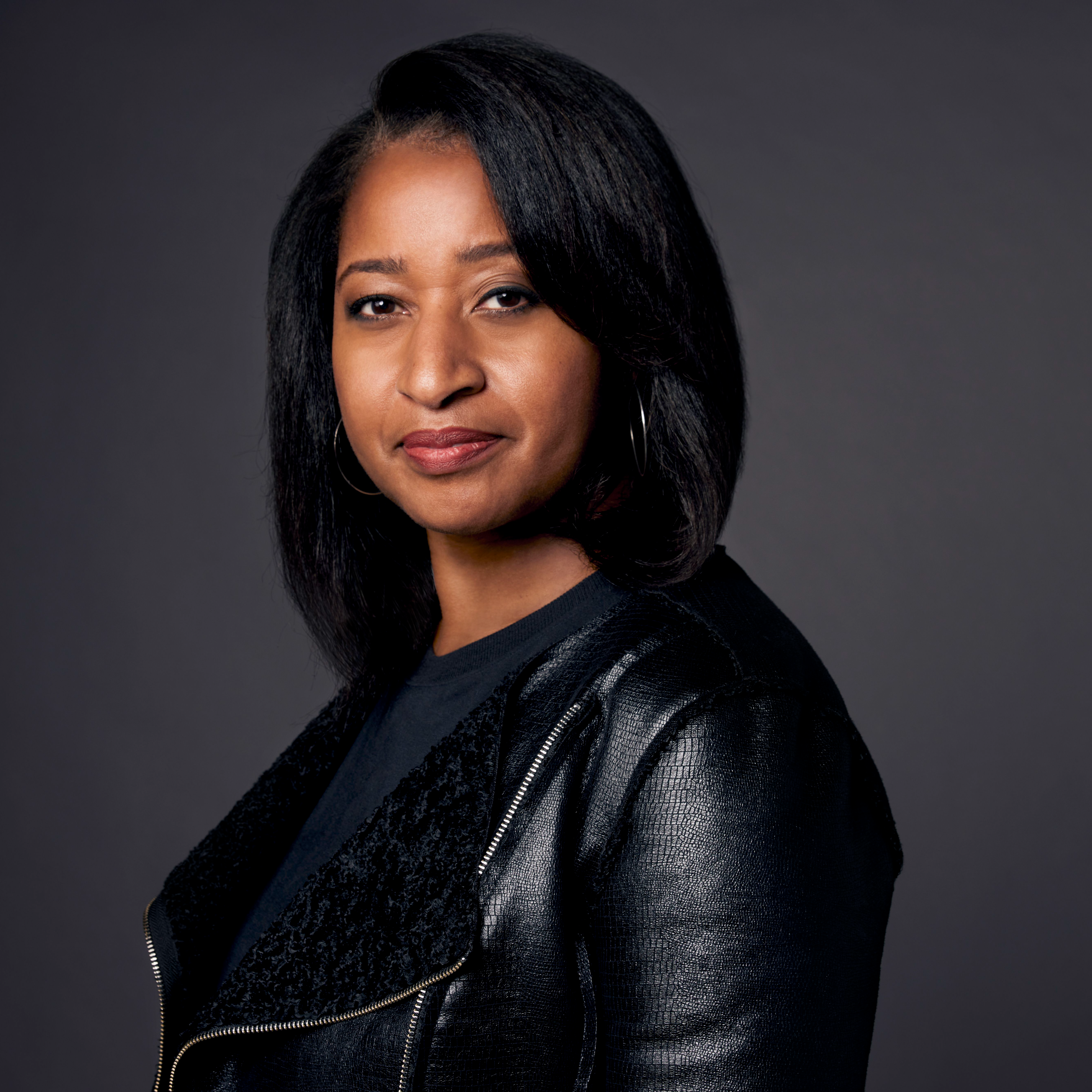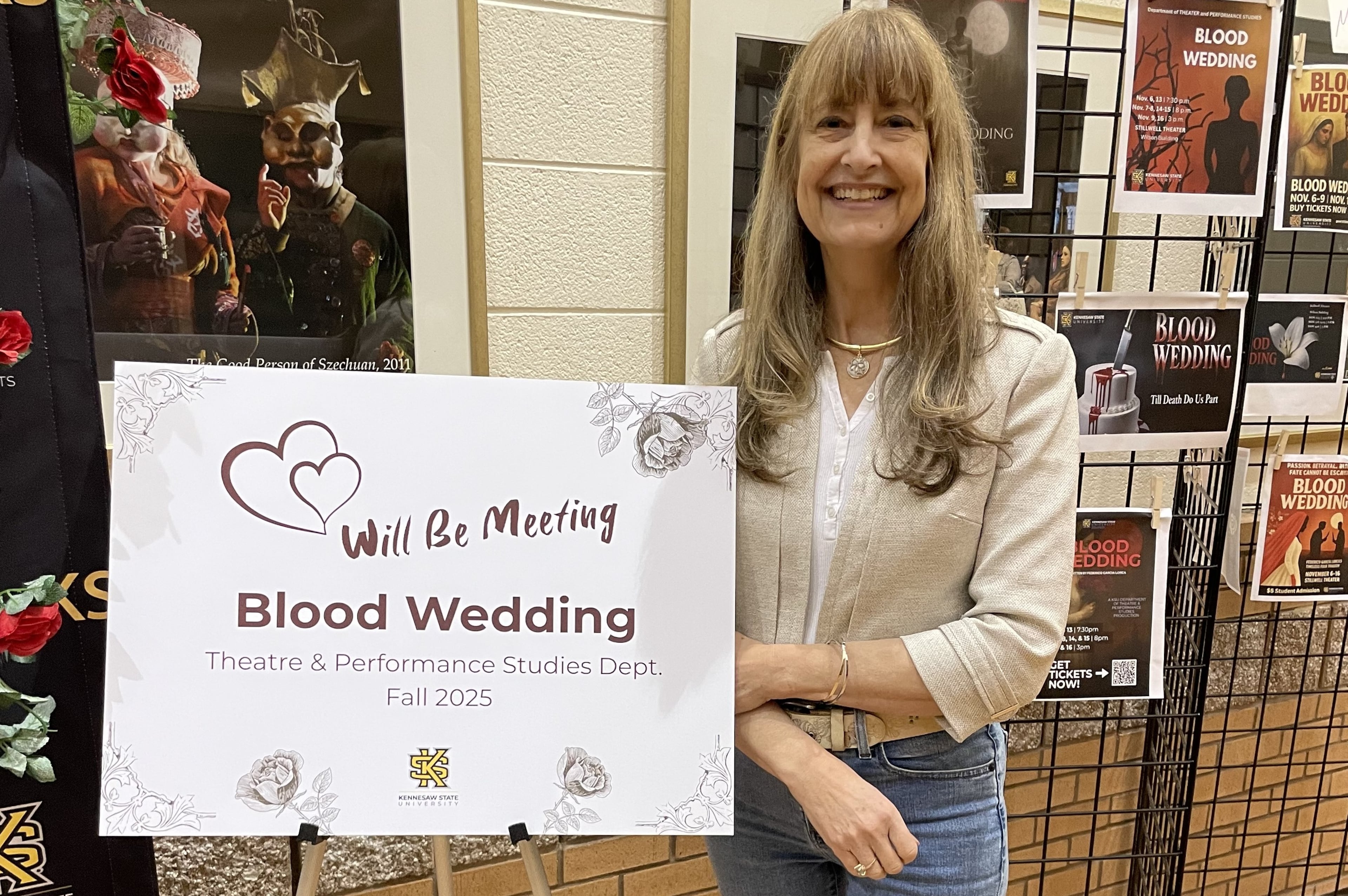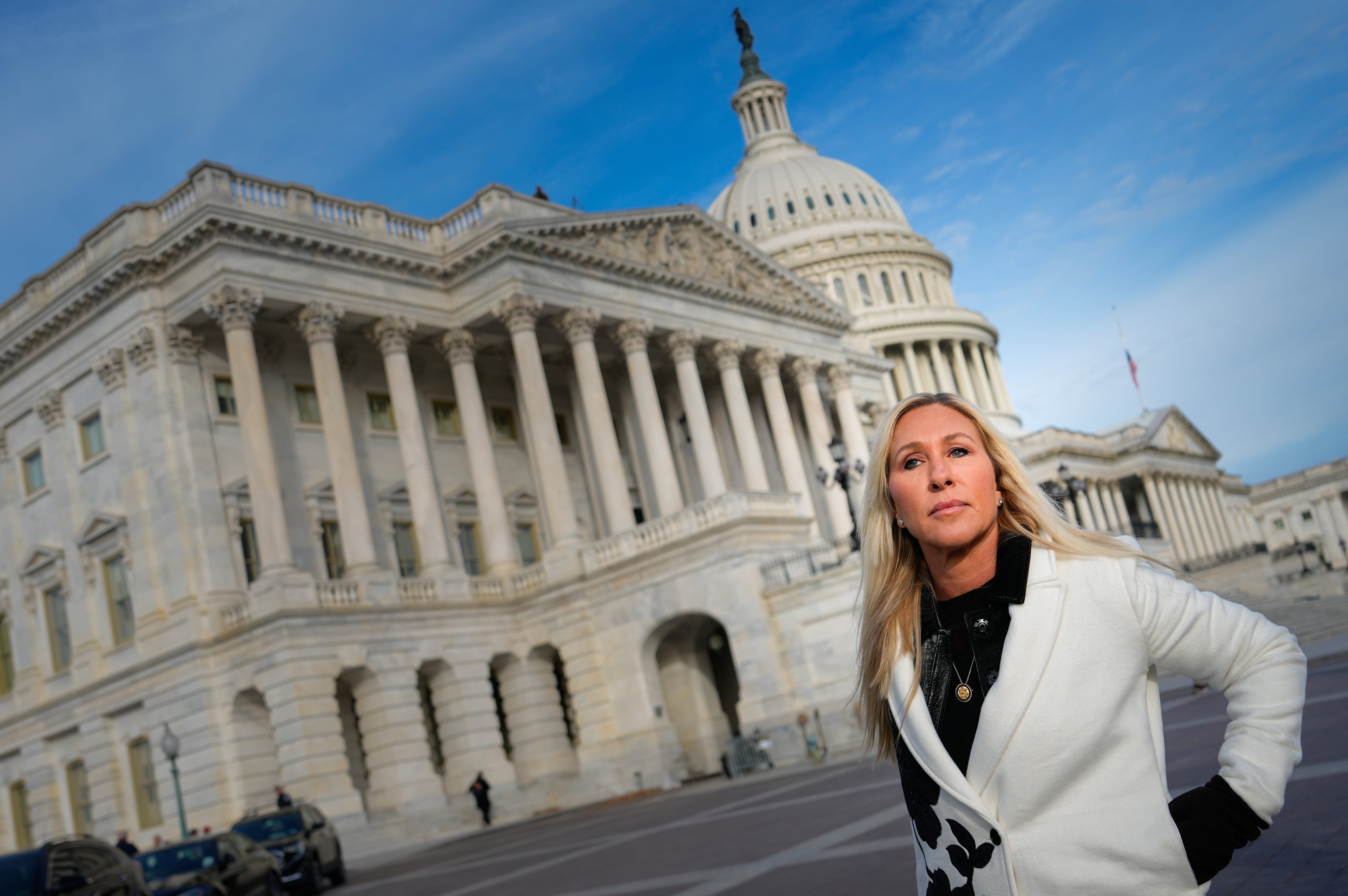Clear backpacks, cloudy logic: Can we prove that they keep kids safe?

On one of the cooler August afternoons earlier this month, students and parents arrived at Walker Park on Atlanta’s southeast side for a back-to-school backpack giveaway. The annual ritual that provides free school supplies for students has become an integral part of back-to-school season in metro Atlanta.
Volunteers handed out school supplies, packs of chips and juice boxes for school lunches, and character-themed backpacks, but it was the clear backpacks piled on the table that prompted reflection.
A clear backpack holds both the promise and excitement of a new school year, along with concerns and fears for student safety. It is a reminder of how we fail, time and again, to protect our kids from violence at school.
It has been almost a year since a 14-year-old student brought a semiautomatic weapon to Apalachee High School in Winder, Georgia. He carried the weapon to school in his book bag with the barrel sticking out, wrapped in poster board as if it were a school project.
In the moments after these devastating events, it is tempting to ask ourselves a series of what-ifs.
What if he had a clear book bag?
What if the school had metal detectors?
What if the child had received the mental health assistance he requested?
What if his father had not given him access to a gun and ammunition?
A change in any of these factors may have changed the outcome that day on Sept. 4, 2024, but we will never know. Instead, we focus our energies on ways to regain control rather than enacting stricter gun controls.
We have solid data and experience showing us the impact guns have on children’s lives.
We have sparse research indicating whether clear backpacks will keep them safer.
Clear backpacks were once considered a fashion statement. But since the early 2000s, after the Columbine school shooting in 1999, see-through backpacks have become a much-debated safety measure adopted by school officials intent on monitoring weapons, drugs and other illicit items that may be carried into schools.
In metro Atlanta, Clayton County banned backpacks altogether in 2022 because of an increased number of weapons found at school. School officials have since implemented a district-wide policy requiring students to have clear backpacks.
Other school districts, including Fulton County, have allowed individual schools to determine if they want to use a clear bag policy. And this school year, after a pilot program at 33 schools, officials in Gwinnett County decided against a district-wide clear backpack policy.
Gwinnett school officials had planned to use discipline data collected during the two-month pilot to decide whether to recommend clear backpacks. But a message to the school community stated that after the pilot concluded, there were “insufficient outcomes” to include the data.
My conclusion from that statement is that there was no reliable data on whether clear backpacks had an impact on disciplinary incidents at the school.
Are clear backpacks a true safety measure or just a distraction from other, more effective, safety precautions?

In 2018, a month after the school shooting at Marjory Stoneman Douglas High School in Florida, the superintendent announced that only clear backpacks would be allowed when students returned to school from spring break.
Students who had been traveling the country lobbying for tighter gun control regulations immediately questioned the effectiveness of clear backpacks. Was this how adults planned to protect them?
They used their clear backpacks to display protest signs, and some students reportedly went so far as to smuggle weapons into the school, simply to demonstrate how ineffective clear backpacks are in keeping these items out of school. The policy was reversed the following school year.
Despite a lack of data, we remain a nation of clear bag and backpack carriers — when we go to concerts, sporting events and, yes, even school. We put belongings in a clear bag, and at this point, we likely don’t even think about whether it is effective or not in helping us curb violence.
“I wouldn’t go so far as to say they’re useless,” said Michael Dorn, the executive director of the school safety nonprofit Safe Havens International, in a 2019 interview with Bloomberg. “It can be very counterproductive to present to people an image of security that is not realistic.”
Dorn said physical security is important, but the more reliable elements are human — such as behavioral training, threat assessment and self-harm assessment.
“What we often see is the more (schools) go for simple solutions — like metal detectors or putting a cop in every school, arming teachers, clear book bags — the less they’re doing the things that are the most important,” Dorn said.
If we send students to school with clear backpacks and the belief that they are protected from harm, then at the very least, we should also seek out and support well-funded, longitudinal studies that reveal the true impact on school safety, rather than relying on sheer hope.
Read more on the Real Life blog (www.ajc.com/opinion/real-life-blog/) and find Nedra on Facebook (www.facebook.com/AJCRealLifeColumn) and X (@nrhoneajc) or email her at nedra.rhone@ajc.com.



